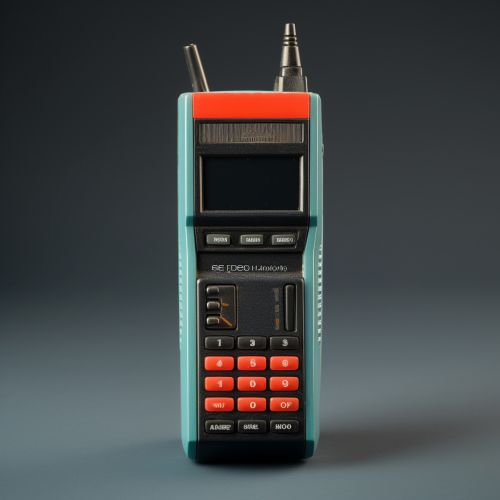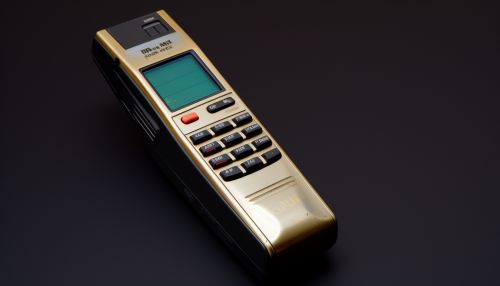Advanced Mobile Phone System
Overview
The Advanced Mobile Phone System (AMPS) was a standard system for analog signal cellular telephone service in the United States and several other countries. It was commercially introduced in the Americas on October 13, 1983, and was the primary analog mobile phone system in North America through the 1980s and into the 2000s. As of February 18, 2008, carriers in the United States were no longer required to support AMPS.


History
The Advanced Mobile Phone System was developed by Bell Labs, a division of the American Telephone and Telegraph Company (AT&T), and was first tested in Chicago in 1978. It was approved by the Federal Communications Commission (FCC) in the United States in 1982, and the first commercial network was launched by the Ameritech Mobile Communications in Chicago in 1983. The system quickly expanded to other cities and eventually became the standard for mobile communication in the United States.
Technical Specifications
AMPS is a first-generation (1G) cellular technology that uses separate frequencies, or "channels", for each conversation. It uses a range of frequencies between 824 megahertz (MHz) and 894 MHz for analog cell phone communication. The frequencies used by AMPS are split into "forward" channels (from the base station to the mobile phone) and "reverse" channels (from the mobile phone to the base station). The forward channels are between 869 MHz and 894 MHz, and the reverse channels are between 824 MHz and 849 MHz.
Operation
AMPS uses frequency division multiple access (FDMA) to provide channel access to multiple users in a cell. The FDMA part of the AMPS system is most noticeable in the fact that there are always two frequencies associated with each cell: one for the mobile unit to transmit to the cell site, and one for the cell site to transmit to the mobile unit. Each of these is divided into 30 kHz wide channels.
Handoff
The handoff process with AMPS is automatic and is controlled by the mobile phone and the network. When the mobile phone moves toward the edge of the cell, the cell's base station will note that the signal strength is diminishing. Concurrently, the base station in the cell the mobile is moving toward (which is listening and measuring signal strength on all frequencies, not just its own one-seventh) will be able to detect the phone's signal, and (on newer phones and systems) measures the Time Delay on signals coming from the phone.
Roaming
Roaming with AMPS was possible, but was not automatically included in the service for a number of years. Users could travel from one coverage area to another and maintain service as they did so.
Decline and Decommissioning
With the advent of digital cell phone technology, AMPS began to decline in the late 1990s. Many AMPS users switched to digital service as it became available. By the 2000s, AMPS was in decline, and by 2008, all major carriers had discontinued service. The frequencies formerly used by AMPS have been reassigned for other uses.
